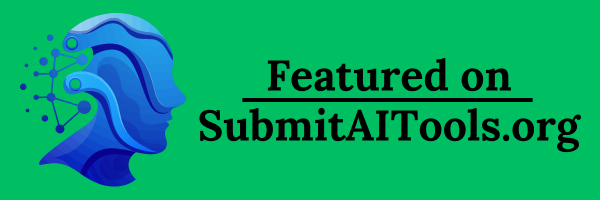Journey Mapping
Journey Mapping is a visual representation of the customer journey, detailing each stage a consumer goes through when interacting with a brand, from awareness to purchase and beyond.
Frequently Asked Questions
What is Journey Mapping?
Journey Mapping is a strategic tool used to visualize and analyze the entire experience a customer has with a brand, identifying key touchpoints and emotions associated with each phase of their interaction.
Where is Journey Mapping used?
Journey Mapping is used in various industries to improve customer experience, in areas like marketing, product development, and customer service, helping organizations understand and enhance customer interactions across different channels.
When should Journey Mapping be performed?
Journey Mapping should be performed during the planning phases of marketing strategies, product launches, or when there is a need to improve customer experience or address specific customer pain points.
Why is Journey Mapping important?
Journey Mapping is important because it provides insights into customer behavior, helps identify gaps in the customer experience, and allows brands to align their strategies with customer expectations, ultimately leading to improved satisfaction and loyalty.
How to create an effective Journey Map?
To create an effective Journey Map, gather data through customer feedback and research, outline the key touchpoints, understand customer emotions at each stage, and iterate the map based on stakeholder feedback and ongoing customer insights.
Key Takeaways
In the context of influencer marketing, Journey Mapping is invaluable as it helps brands understand how customers interact with influencers at various stages, enabling more effective engagement strategies and fostering stronger relationships with target audiences.
Hot Glossary Terms
Influencer Marketing
Influencer Marketing is a strategy that leverages the influence of individuals with large followings on social media to promote products or services, aiming to reach a targeted audience effectively.
Social Media Marketing
Social Media Marketing refers to the use of social media platforms and websites to promote a product or service, encouraging user engagement and brand awareness through content creation and sharing.
Content Strategy
Content Strategy is a comprehensive plan aimed at creating, publishing, and managing high-quality content to achieve business goals and enhance user engagement.
Brand Partnerships
Brand Partnerships refer to collaborative relationships between two or more brands or influencers aimed at promoting mutual interests and achieving shared goals through combined marketing efforts.
Engagement Rate
Engagement Rate is a key performance metric in social media and influencer marketing that measures the level of interaction and engagement a piece of content receives from its audience.
Related Terms
Brand Authenticity
Brand Authenticity refers to the genuine, transparent, and consistent portrayal of a brand's values, mission, and identity, fostering trust and loyalty among consumers.
Quality vs Quantity
Quality vs Quantity is a critical concept in influencer marketing that balances the value of high-quality content against the sheer volume of content produced to engage audiences effectively.
Influencer Marketing on Different Platforms
Influencer Marketing across various platforms involves leveraging social media influencers to promote products or services, tailored to the unique characteristics and audience of each platform.
Social Media Strategy
A Social Media Strategy is a comprehensive plan that outlines how an organization will use social media platforms to achieve its marketing and communication goals.
Creative Agency
A Creative Agency is a type of organization that specializes in developing and executing creative marketing strategies, campaigns, and content for brands, with a focus on innovative and impactful solutions.







